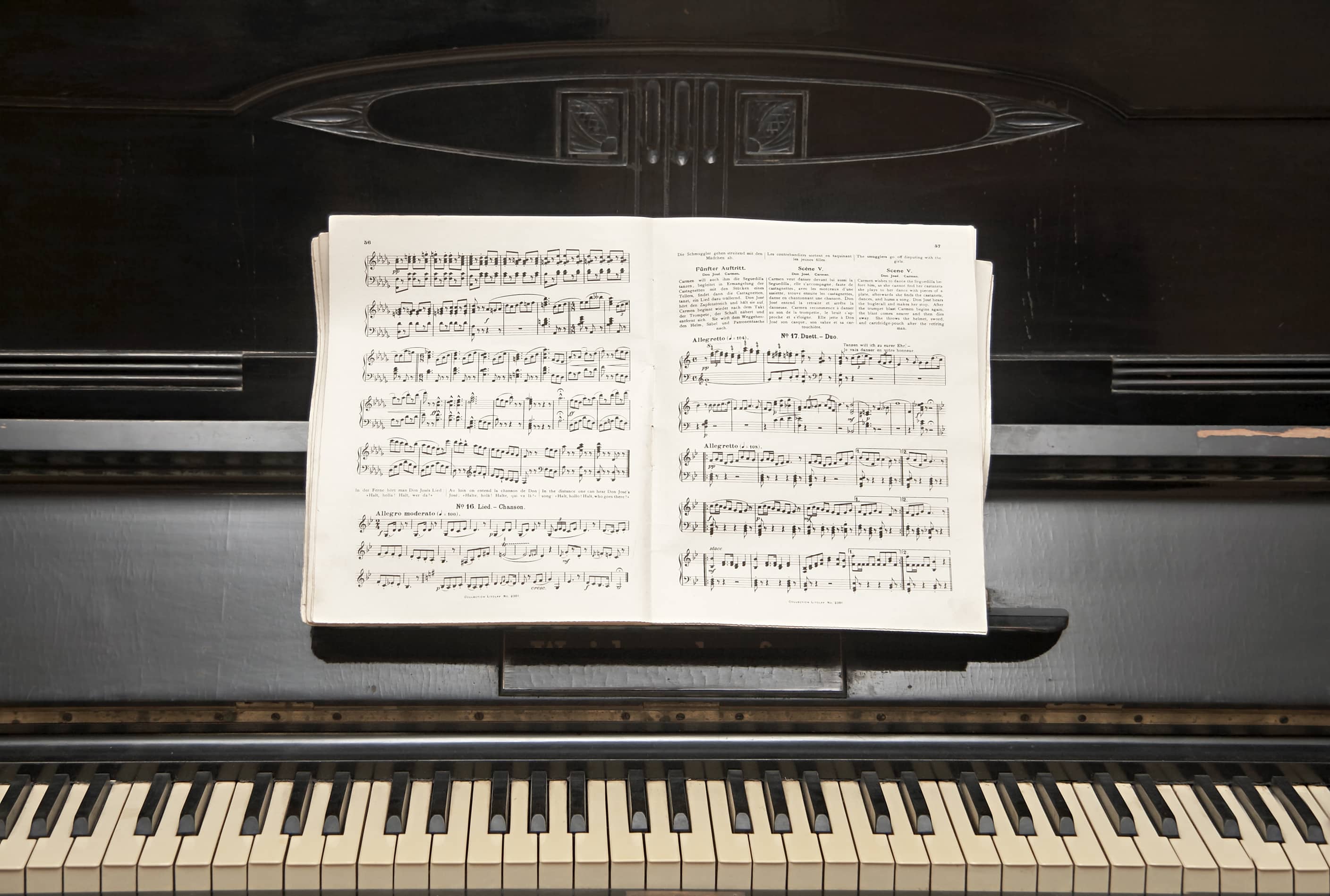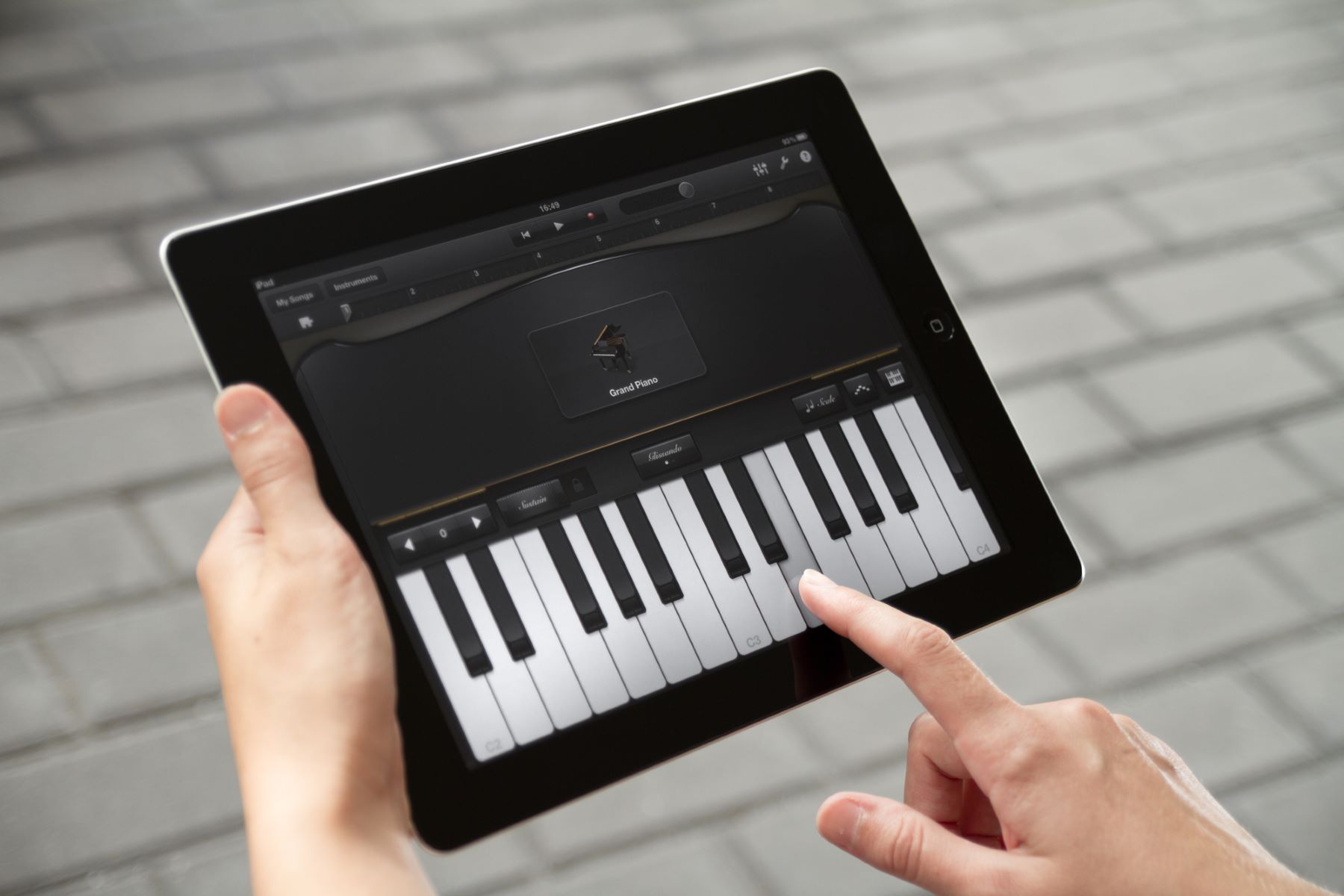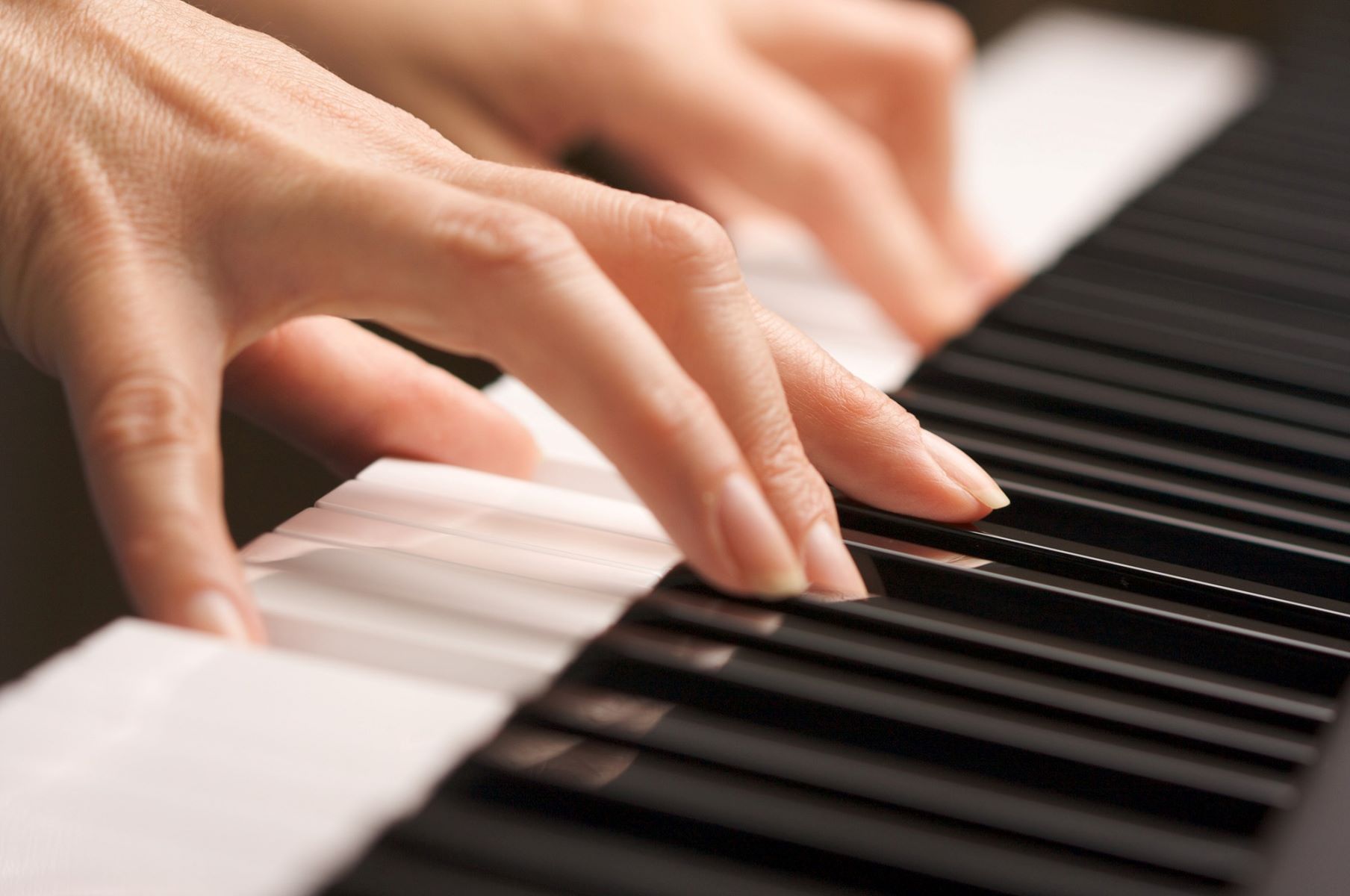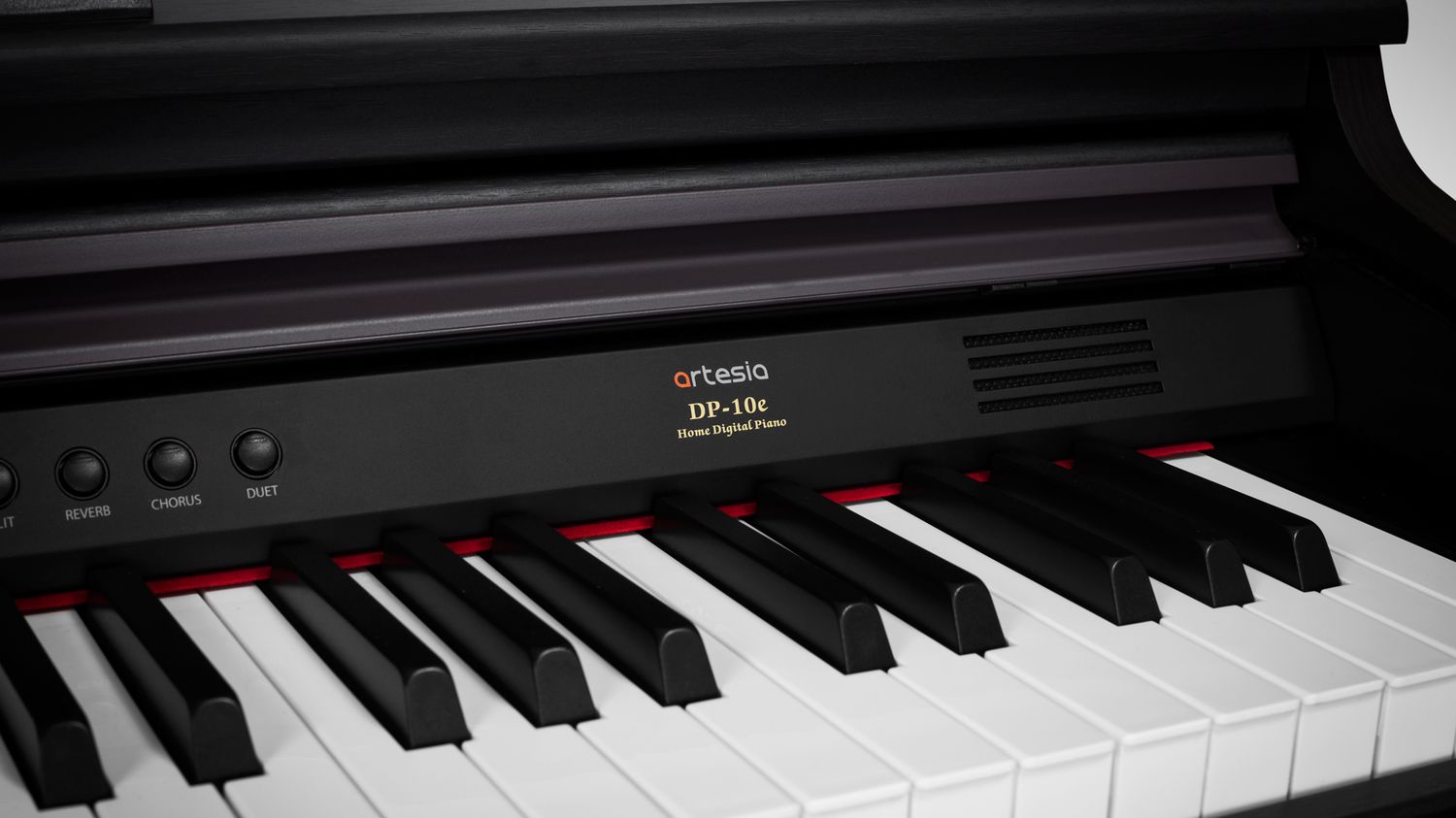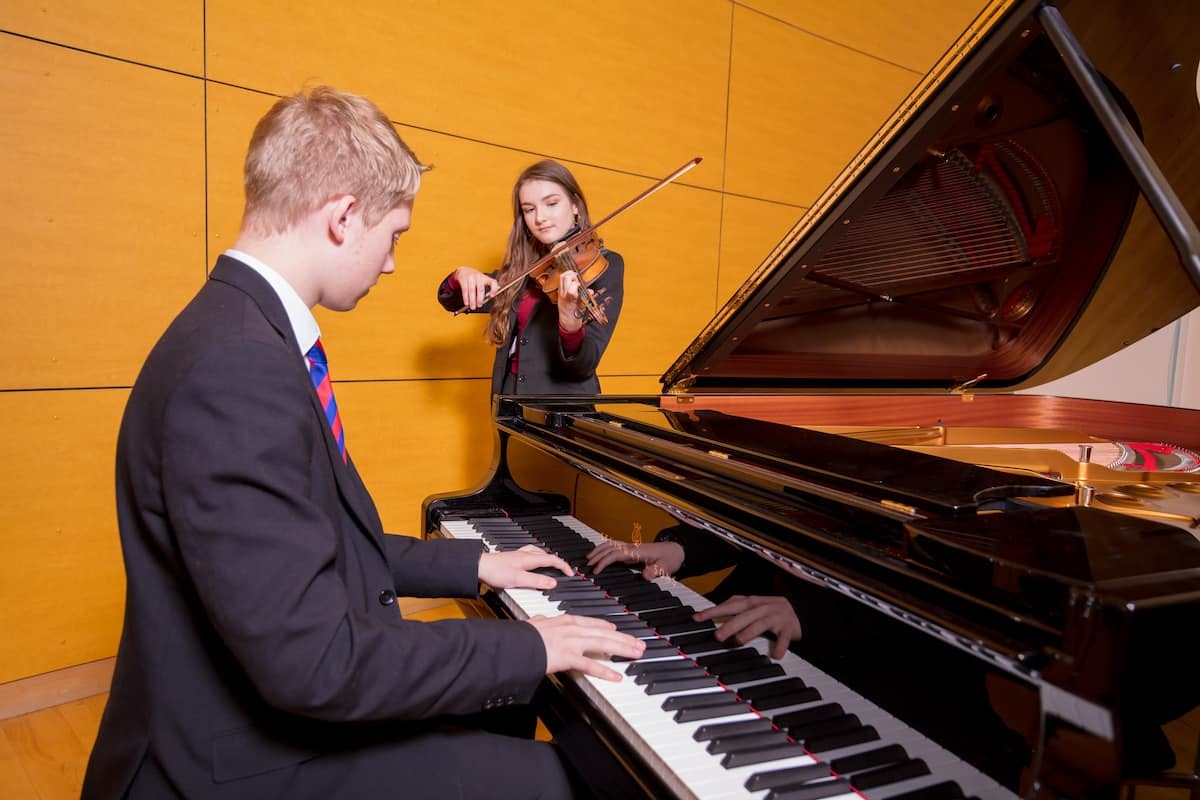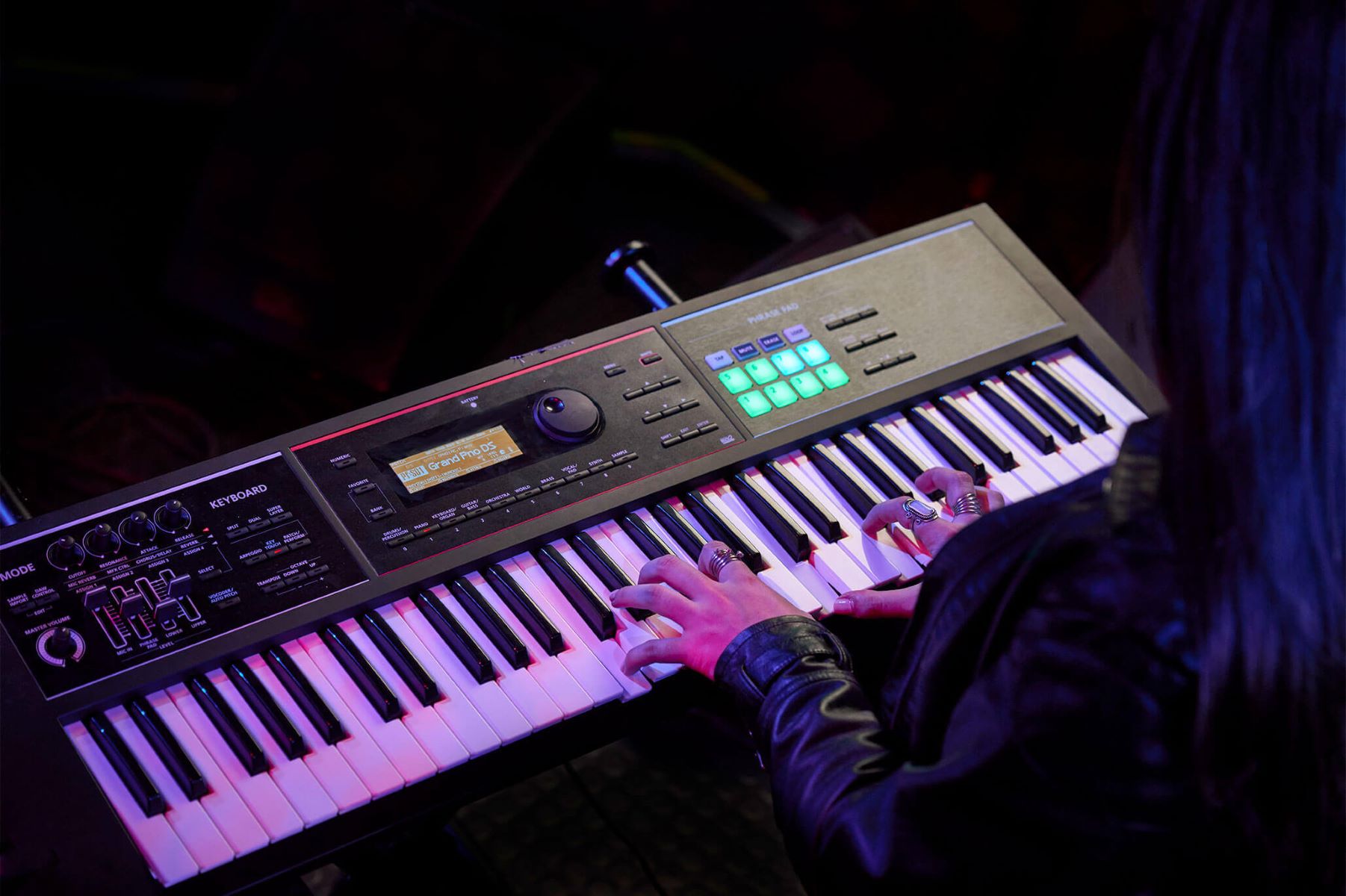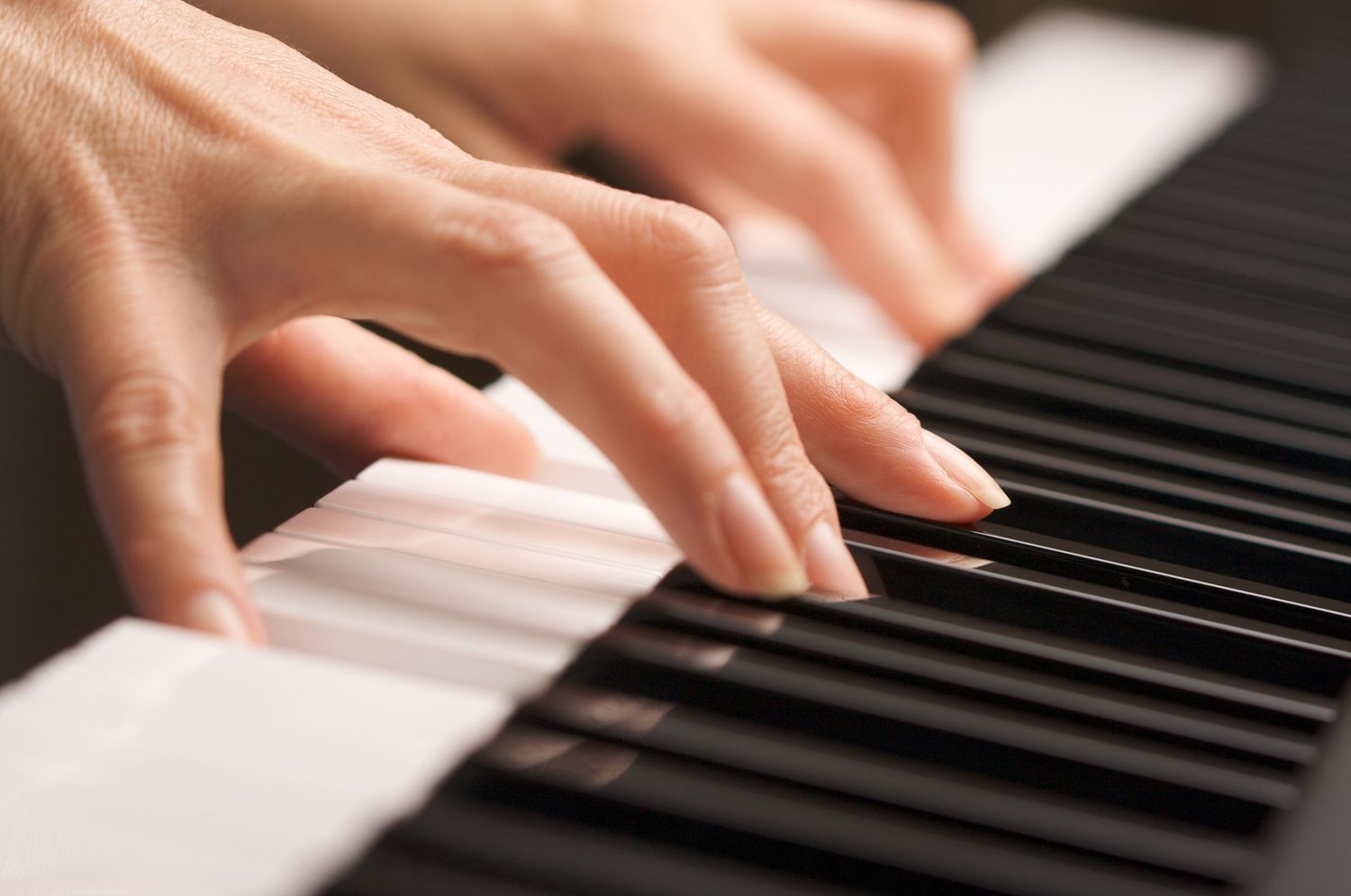Home>Instruments>Piano>How To Learn To Read Piano Music
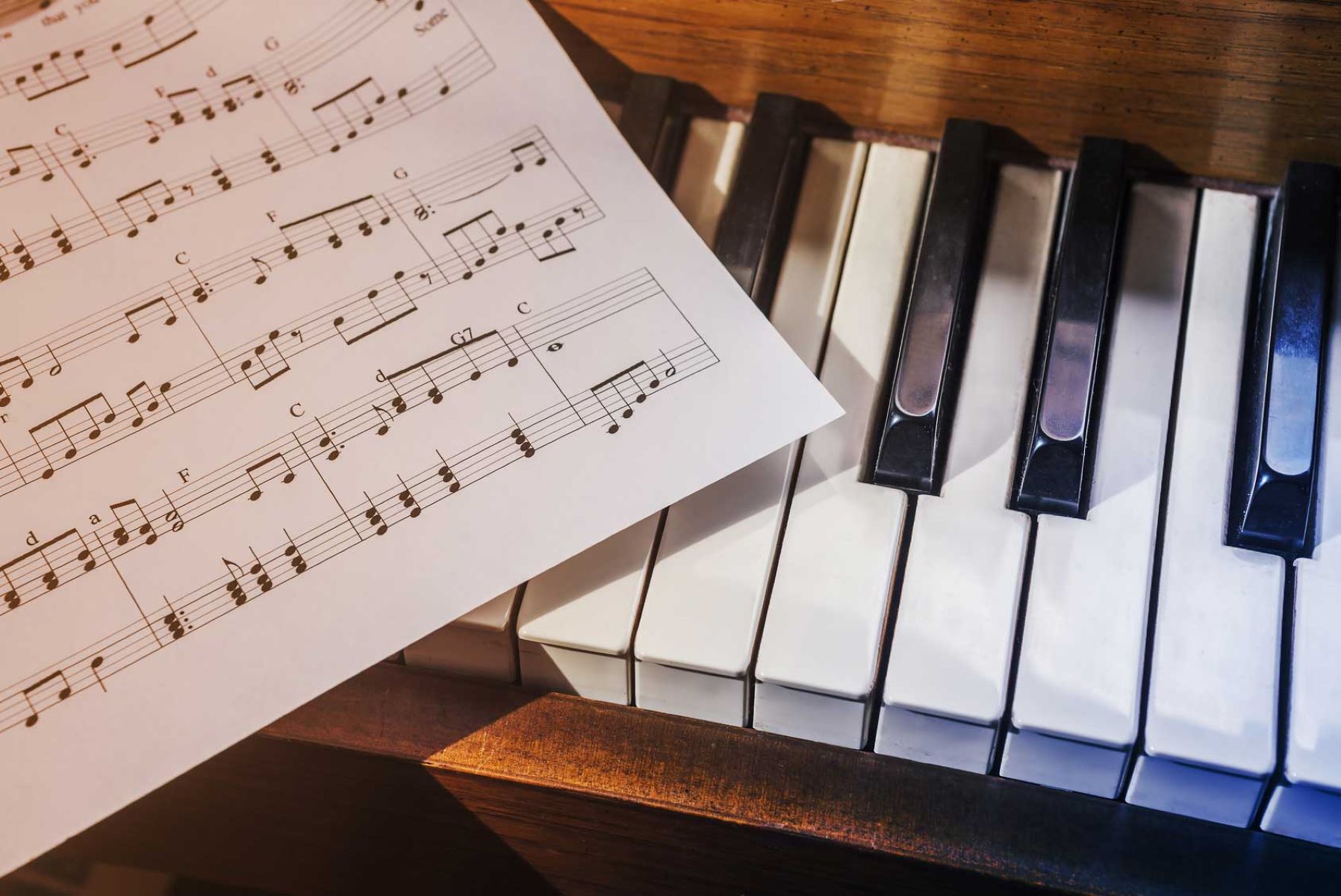

Piano
How To Learn To Read Piano Music
Published: February 10, 2024
Learn how to read piano music with our comprehensive guide. Master the basics and advance your skills with our expert tips and techniques. Start your musical journey today!
(Many of the links in this article redirect to a specific reviewed product. Your purchase of these products through affiliate links helps to generate commission for AudioLover.com, at no extra cost. Learn more)
Table of Contents
Introduction
Introduction
Learning to read piano music is a rewarding and enriching endeavor that opens up a world of musical possibilities. Whether you're a beginner embarking on your musical journey or an experienced pianist looking to enhance your skills, understanding how to read piano music is essential. By mastering this skill, you gain the ability to interpret and play a wide range of musical compositions, from classical masterpieces to contemporary tunes.
Reading piano music involves deciphering musical notations, understanding rhythms and time signatures, and grasping key signatures and scales. It's a blend of art and science that requires patience, practice, and a keen musical ear. As you delve into the realm of piano music, you'll discover the beauty of expressing emotions and stories through melodies and harmonies.
In this comprehensive guide, we'll explore the fundamental aspects of learning to read piano music. From understanding musical notes to practicing sight-reading techniques, each step is designed to enhance your proficiency and confidence at the piano. By the end of this journey, you'll be equipped with the knowledge and skills to approach piano music with clarity and artistry. So, let's embark on this musical odyssey and unravel the mysteries of piano notation together.
Understanding the Basics of Piano Music
Before delving into the intricacies of reading piano music, it’s essential to grasp the foundational elements that form the basis of musical notation. At its core, piano music is represented through a system of symbols and markings that convey pitch, rhythm, and expression. Understanding these basics is pivotal to interpreting and performing piano compositions with precision and artistry.
One of the fundamental aspects of piano music is the staff, a set of five horizontal lines where musical notes are placed. The notes can appear on either the lines or the spaces between them, and their position indicates the pitch to be played. Additionally, the treble clef and bass clef are used to notate the higher and lower pitches, respectively, providing a clear guide for the pianist to navigate the keyboard’s range.
Furthermore, the concept of musical timing is crucial in piano music. Time signatures, denoted at the beginning of a piece, indicate the number of beats in each measure and which note value receives a single beat. This rhythmic framework forms the rhythmic foundation of the music, guiding the pianist through the piece’s tempo and phrasing.
Dynamic markings, such as pianissimo (very soft) and fortissimo (very loud), convey the varying levels of volume and intensity within a musical passage. These expressive indications add depth and emotion to the music, allowing the pianist to infuse their performance with nuance and feeling.
Understanding the basics of piano music sets the stage for a deeper exploration of musical notation and interpretation. As we continue our journey, we’ll delve into the intricacies of musical notes, rhythms, and key signatures, equipping you with the knowledge to navigate the world of piano music with confidence and proficiency.
Learning the Musical Notes
Mastering the musical notes is a foundational step in learning to read piano music. The musical alphabet consists of seven notes: A, B, C, D, E, F, and G, which repeat in a continuous pattern across the keyboard. These notes are represented on the staff through distinct symbols placed on the lines and spaces, indicating their pitch and duration.
The placement of notes on the staff corresponds to their position on the keyboard, with lower-pitched notes located toward the left and higher-pitched notes toward the right. The treble clef, typically used for the right hand, notates higher pitches, while the bass clef, designated for the left hand, represents lower pitches. Understanding the correlation between the notes on the staff and their corresponding keys on the piano is essential for translating written music into fluid, expressive performances.
Each note symbol also carries information about its duration, indicated by the presence of flags or stems. For instance, a whole note is an open oval shape with no stem, representing a sustained sound, while eighth notes feature a flag and are played for half the duration of a quarter note. By comprehending these distinctions, pianists can accurately interpret the rhythm and timing of a musical piece.
Additionally, the concept of octaves plays a significant role in understanding musical notes. Notes that share the same letter name but differ in pitch are considered to be in the same octave. As pianists encounter these recurring patterns across the keyboard, they develop a spatial awareness that facilitates fluid and precise movements while playing.
By familiarizing yourself with the musical notes and their representation on the staff, you lay a solid foundation for interpreting and performing piano music. This knowledge forms the basis for more advanced musical concepts and techniques, paving the way for a fulfilling and expressive musical journey.
Recognizing Rhythms and Time Signatures
Understanding rhythms and time signatures is integral to interpreting and playing piano music with accuracy and expression. Rhythm, the pattern of sounds and silences in music, is represented through various note values and their corresponding durations. These values, including whole notes, half notes, quarter notes, and eighth notes, form the rhythmic framework of a musical piece.
Time signatures, denoted at the beginning of a musical score, convey essential information about the organization of beats within each measure. The top number indicates the number of beats in a measure, while the bottom number signifies the note value that receives one beat. Common time, or 4/4 time, is a prevalent time signature, indicating four beats per measure with a quarter note receiving one beat. Other time signatures, such as 3/4 and 6/8, offer distinct rhythmic patterns that shape the character and feel of the music.
As pianists familiarize themselves with different time signatures, they develop a sense of rhythmic fluency, enabling them to navigate varied musical styles and genres with confidence. Moreover, recognizing syncopated rhythms, where accents occur on offbeats, adds depth and vitality to a performance, infusing the music with dynamic energy and momentum.
Mastering the art of recognizing rhythms and time signatures equips pianists with the tools to convey the pulse and groove of a musical piece, enhancing its emotive and rhythmic qualities. This proficiency lays the groundwork for nuanced and expressive performances, enriching the musical experience for both the pianist and the audience.
Understanding Key Signatures and Scales
Key signatures and scales are fundamental elements in piano music that shape the tonal landscape of a composition. A key signature, located at the beginning of a musical staff, consists of sharps or flats that indicate the tonal center or key of the piece. By understanding key signatures, pianists gain insight into the harmonic structure and tonal relationships within a composition.
Major and minor scales form the melodic and harmonic foundation of piano music, providing a framework for understanding tonality and constructing melodies and harmonies. Major scales, known for their bright and uplifting sound, are constructed from a specific pattern of whole and half steps, resulting in a distinct sequence of notes that define the scale’s character. Minor scales, with their evocative and expressive qualities, offer a different arrangement of whole and half steps, yielding a unique tonal palette that evokes a range of emotions.
As pianists delve into the intricacies of key signatures and scales, they develop an acute awareness of tonal relationships and melodic structures, enriching their interpretative abilities and musical expressiveness. Furthermore, the exploration of scales fosters technical proficiency, as it requires precision and agility in navigating the keyboard’s range.
By comprehending the nuances of key signatures and scales, pianists unlock the harmonic richness and expressive potential of a musical piece, enabling them to convey its emotional depth and tonal color with finesse and artistry. This understanding forms the bedrock of musical interpretation, empowering pianists to breathe life and character into the compositions they play.
Practicing Sight-Reading Techniques
Sight-reading, the ability to play a piece of music from a written score without prior preparation, is a valuable skill that empowers pianists to explore and interpret a wide range of musical repertoire. Developing effective sight-reading techniques enhances a pianist’s adaptability and fluency, allowing them to navigate unfamiliar music with confidence and musicality.
One essential aspect of sight-reading is developing a strong understanding of rhythmic patterns and note recognition. By honing these skills, pianists can swiftly interpret and execute musical passages with accuracy and precision, maintaining a steady tempo and rhythmic flow. Additionally, cultivating an awareness of key signatures and scales enables pianists to anticipate tonal patterns and harmonic progressions, facilitating a smoother and more informed sight-reading experience.
Practicing sight-reading regularly exposes pianists to diverse musical styles and challenges, broadening their musical horizons and fostering adaptability. Engaging with a wide variety of musical genres and composers through sight-reading cultivates a versatile and comprehensive understanding of piano music, nurturing a well-rounded approach to musical interpretation and performance.
Furthermore, incorporating sight-reading exercises into daily practice routines provides valuable opportunities for pianists to refine their musical intuition and develop quick decision-making skills. As pianists encounter new musical passages during sight-reading sessions, they learn to make on-the-spot interpretative choices, fostering a dynamic and responsive approach to musical performance.
By dedicating focused time to sight-reading practice, pianists sharpen their musical acumen and expand their repertoire, ultimately enhancing their overall musicianship. The ability to confidently and proficiently sight-read opens doors to new musical discoveries and performance opportunities, enriching the pianist’s musical journey with excitement and exploration.
Tips for Effective Practice
Effective practice is the cornerstone of mastering the art of reading piano music. By implementing strategic and focused practice techniques, pianists can enhance their skills, deepen their understanding of musical notation, and refine their interpretative abilities. Here are valuable tips for optimizing practice sessions and maximizing musical growth:
- Set Clear Goals: Establish specific and achievable practice objectives, whether it’s mastering a particular piece, improving sight-reading fluency, or refining technical skills. Clear goals provide direction and motivation, guiding the practice session with purpose.
- Focus on Technique: Dedicate time to technical exercises that strengthen finger agility, hand coordination, and overall dexterity. Scales, arpeggios, and finger exercises are invaluable for developing technical proficiency and control at the piano.
- Break It Down: When tackling challenging passages or complex rhythms, break them down into smaller segments and practice them gradually. Slow and deliberate practice allows for meticulous attention to detail and facilitates mastery of intricate musical elements.
- Utilize Metronome: Incorporate a metronome into practice sessions to cultivate a steady sense of rhythm and tempo. Consistent rhythmic accuracy is essential in interpreting and performing piano music with precision and musicality.
- Embrace Variation: Explore diverse interpretations and musical styles when practicing a piece. Experiment with varying tempos, dynamics, and phrasing, allowing for creative exploration and a deeper understanding of the music’s expressive potential.
- Mindful Listening: Engage in active listening to recordings of accomplished pianists performing the pieces you are practicing. Listening attentively enhances musical interpretation and offers insights into nuanced expressive techniques.
- Consistent Review: Regularly revisit previously learned repertoire to maintain proficiency and musical fluency. Reviewing familiar pieces reinforces musical memory and ensures a well-rounded repertoire of polished performances.
- Seek Feedback: Share your playing with peers, mentors, or teachers and welcome constructive feedback. External perspectives provide valuable insights and guidance for continual improvement.
- Patience and Persistence: Approach practice with patience and perseverance, understanding that musical growth is a gradual and ongoing process. Celebrate progress and remain dedicated to the journey of musical development.
By integrating these effective practice strategies into your daily routine, you can cultivate a disciplined and purposeful approach to learning and mastering piano music, nurturing a fulfilling and enriching musical journey.
Conclusion
Embarking on the journey to learn to read piano music is a transformative and rewarding pursuit, enriching your musical experience and expanding your artistic horizons. Through the exploration of musical notes, rhythms, key signatures, and sight-reading techniques, you have delved into the intricate world of piano music, equipping yourself with essential skills and knowledge to interpret and perform a diverse array of musical compositions.
As you continue to hone your abilities and delve deeper into the nuances of piano music, remember that patience, dedication, and consistent practice are the cornerstones of musical growth. Embrace the joy of musical discovery and the fulfillment of expressing emotions through the melodies and harmonies that resonate from the piano keys.
By setting clear practice goals, refining technical proficiency, and embracing the art of interpretation, you are poised to embark on a musical journey filled with creativity, expression, and personal growth. Each practice session is an opportunity to refine your skills, broaden your musical repertoire, and immerse yourself in the captivating world of piano music.
As you apply the tips and techniques outlined in this guide, remember that musical mastery is a continual evolution, and every step forward enriches your musicality and artistry. Embrace the nuances of each musical passage, infuse your playing with expression and emotion, and celebrate the joy of bringing piano music to life.
May your musical odyssey be filled with inspiration, discovery, and the timeless beauty of piano music. As you navigate the staff, interpret the notes, and breathe life into each musical phrase, may the piano become a canvas for your artistic expression and a source of endless joy and fulfillment.

